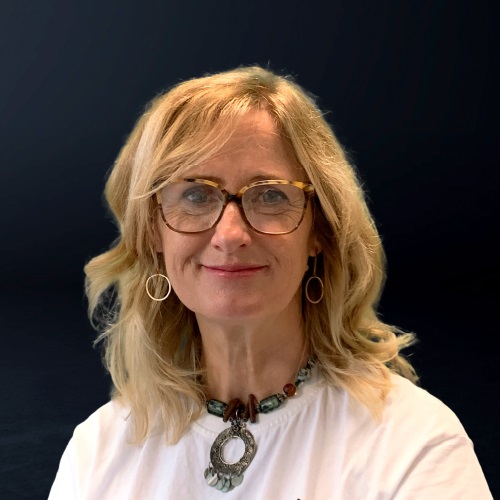By Lou Berneman, Managing Director Texelerate — technology transfer consultancy; Founding Partner Osage University Partners; Advisor to HealthCare Royalty Partners
As many academic institutions begin a new fiscal year, let’s take a moment to celebrate the end of an era in academic technology transfer (TT). The long and distinguished careers of TT luminaries have come to an end as they retire or transition to less demanding positions. In the past year or so, individuals who personified professionalism and influenced TT to become a career have or soon will move on, including:
- David Day (Florida)
- Kathleen Denis (Rockefeller)
- Carl Gulbrandsen (WARF)
- Tom Hockaday (Oxford)
- Kathy Ku (Stanford)
- Lita Nelsen (MIT)
- Ken Nisbet (Michigan)
The enactment of Bayh-Dole and the emergence of many technology transfer offices (TTOs) in the 1980s and 1990s led to the institutionalization of TT and IP policies and practices that have served us well:
- facilitating commercialization for the public good;
- rewarding, recruiting, and retaining faculty and students;
- inducing closer ties to industry and investors;
- promoting economic growth; and
- generating licensing income to advance education and research initiatives.
To be sure, some institutions have been more successful than others in achieving each of these goals. The game-winning formula for TT success has now been codified:
- outstanding research faculty;
- support and encouragement from senior administration;
- long-term, stable, and excellent TT leadership;
- program effectiveness, patience, and persistence; and
- a generous portion of luck.
As in most endeavors, make no mistake — luck is a crucial ingredient to TT success.
But, times they are a-‘changin. When I started in TT in 1989, few university presidents, provosts, EVPs. and VPRs knew the word ‘entrepreneurism.’ Today, TTOs face pressures from multiple sources to advance the innovation ecosystem and promote entrepreneurism:
- from administrators who have seen “the light” (voluntarily or otherwise);
- from faculty who want to see real world impact of their research and have concluded that entrepreneurial initiatives are the preferred commercialization vehicle;
- from students who want to create — not find — their post-graduation job; and
- from economic development and other government officials who have realized and convinced others that science and technology are the basis for job growth, community prosperity, and wealth creation.
Stakeholders from all directions are ‘encouraging’ TTO leaders to do more; and, TT professionals have responded. TTO policies, practices, organizations, and personnel are adapting to address a changing, far more entrepreneurial landscape. In the year 2000, U.S. academic institutions reported the creation of 388 startups. By 2015, that number had risen to 1,012 [AUTM Licensing Survey].
This trend is likely to continue accelerating. I would not be surprised to see in the near future the number of licenses to startups exceed the number of licenses to established companies for paradigm shifting, transformative technologies that address global needs.
TTOs have seen (and often written) the writing on the proverbial wall. TTOs are leading and supporting university entrepreneurial innovation ecosystems with a wide variety of program initiatives, including:
- technology accelerators and incubators (kudos to anyone who can define the difference),
- mentoring programs,
- identifying and recruiting investable CEOs,
- facilitating student entrepreneurship,
- university funds for proof-of-concept (PoC) de-risking (the subject of an upcoming OUP Blog Post) and seed funding new ventures,
- creating advisory boards of alumni and friends to review and prioritize PoC funding proposals,
- how to launch and finance new ventures educational programs,
- simplified licensing for non-funded faculty startups and non-patented software, and
- recruiting TTO personnel with backgrounds and experience in angel investing/venture capital/company formation.
That said, criticism of TTOs from startup investors continues. First and foremost among the complaints is ‘why does it take so long to get a deal done?’ Indeed, my friend and colleague Kirsten Leute, SVP of University Relations at Osage University Partners, addresses this issue in her recent blog post.
And, too many institutions continue to measure success in terms of numbers of startups launched. To be fair, neither AUTM nor any other group has sought to define a ‘startup’ in terms of requisite management or capital raised. Thus, to deal with perception of productivity, the ‘arms race’ to launch and report higher numbers of startups continues. Perhaps a far better productivity reporting metric is the amount of capital — $$$ — startups have raised? Notable institutions have distanced themselves from this rat race and instead are focusing on creating few quality startups able to attract investable management and venture financing.
Finally, kudos to the next generation of TTO leaders, many of whom have ‘apprenticed’ with those named above. Others are new to the field. As in the past, TTO leaders come from a variety of backgrounds — scientific, legal, commercial, and other. All, however, those past and present, have undertaken a most challenging charge. The goals of TT have remained constant: facilitate commercialization for the public good; reward, recruit and retain faculty; induce closer ties to industry and investors; create economic growth; and generate income. How we get there is as varied as the personalities who lead.



